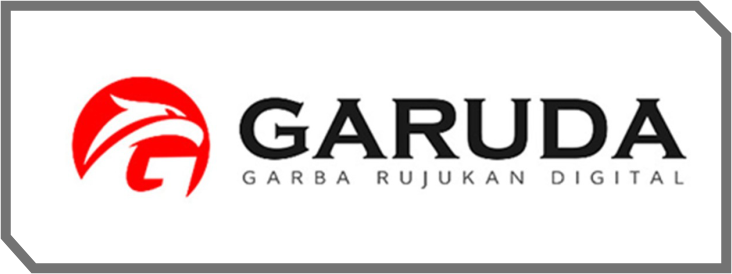Peran Economic Order Quantity (EOQ) dalam Menganalisis Kebutuhan Persediaan Bahan Baku Pabrik Gula Camming di Kabupaten Bone
DOI:
https://doi.org/10.24252/ssbm.v6i2.57644Abstract
Raw material inventory refers to unprocessed basic materials that a company provides for use in its production process. This study aims to analyze how raw material inventory planning using the Economic Order Quantity (EOQ) method meets the production needs of the Camming Sugar Factory in Bone Regency.
The research uses secondary data derived from company records over the past three years. This study adopts a quantitative descriptive method, with EOQ analysis applied to determine the most economical order quantity, Total Inventory Cost (TIC), Safety Stock (SS), and Reorder Point (ROP).
The EOQ calculation results show that in 2020 it was 141,210.76 tons, in 2021 it was 123,582.59 tons, and in 2022 it was 75,232.94 tons—each higher than the company’s actual ordering volume, which was 135,086.75 tons (2020), 100,513.25 tons (2021), and 71,970.25 tons (2022). The Safety Stock values were 5,049.96 tons (2020), 4,730.02 tons (2021), and 4,428.92 tons (2022). Meanwhile, the Reorder Points were 10,099.92 tons in 2020, 9,460.04 tons in 2021, and 8,857.84 tons in 2022. The EOQ-based TIC was also lower compared to the company’s actual inventory cost: Rp861,522,105 (2020), Rp545,001,940 (2021), and Rp353,376,851 (2022), whereas the company’s calculations yielded Rp862,369,000, Rp556,676,981, and Rp358,336,694 respectively.
Therefore, the application of the EOQ method in raw material inventory planning proves to be more effective and efficient than the method currently used by the Camming Sugar Factory.









